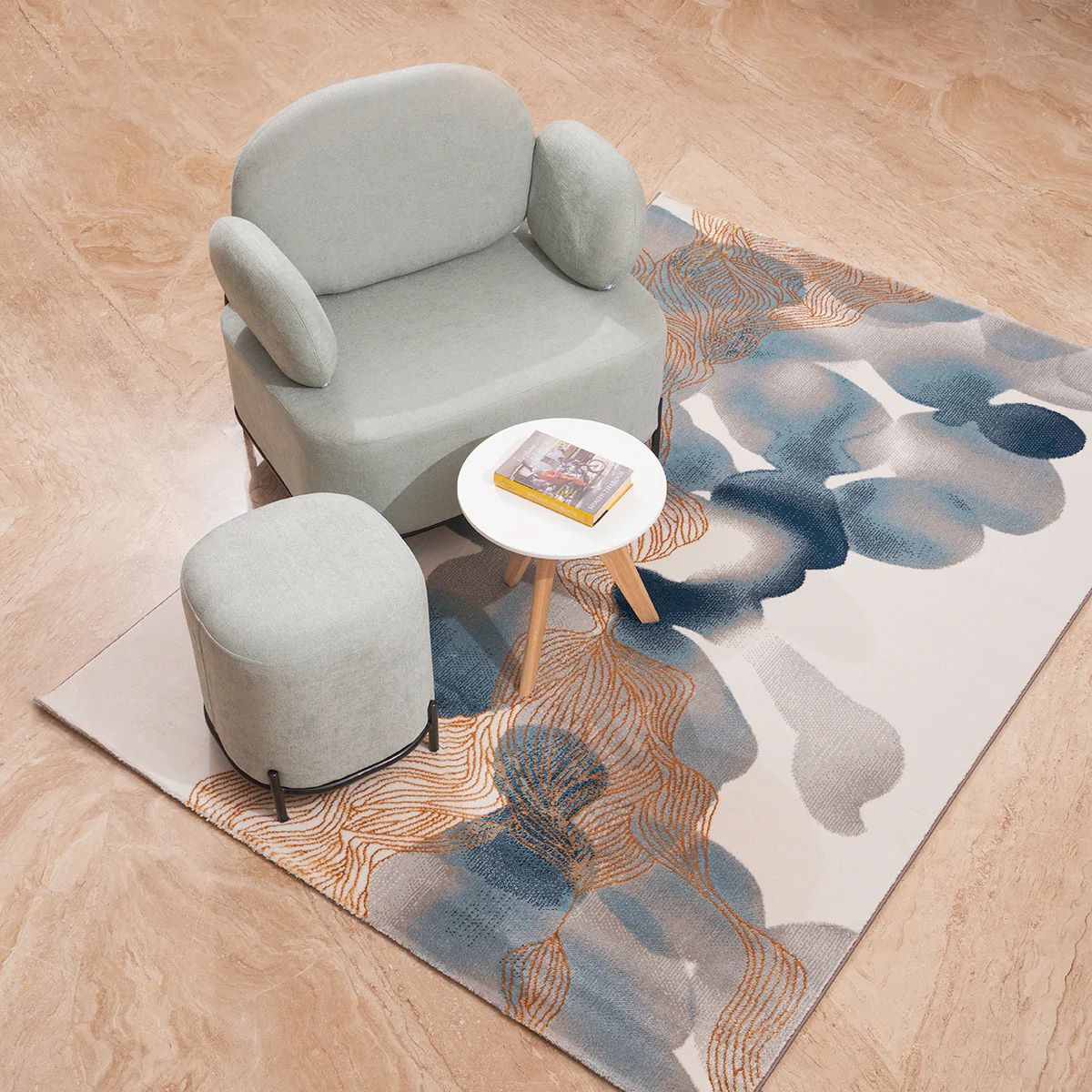

Articles
Why Are Rugs Important
Modified: December 7, 2023
Discover why articles about rugs are important for enhancing your space and adding warmth and style to any room. Explore expert tips and insights on rug selection, placement, and care.
(Many of the links in this article redirect to a specific reviewed product. Your purchase of these products through affiliate links helps to generate commission for Storables.com, at no extra cost. Learn more)
Introduction
Rugs are an often overlooked aspect of interior design, but their importance should not be underestimated. They have the power to transform a space, making it aesthetically pleasing and comfortable. Whether it’s a luxurious area rug, a cozy shag rug, or a practical outdoor rug, each serves a purpose in enhancing the overall ambiance of a room. In this article, we will explore why rugs are important and how they can elevate the style and functionality of any space.
Key Takeaways:
- Rugs are essential for enhancing aesthetics, providing comfort, defining spaces, and protecting floors. They add warmth, reduce noise, and are easy to maintain, making them a versatile and valuable addition to any room.
- In addition to their decorative appeal, rugs play a crucial role in ensuring safety by preventing slips and falls. They offer insulation, contribute to cleanliness, and create a cozy and inviting atmosphere, making them a practical and stylish choice for any space.
Read more: Why Is Woodworking Important
Enhancing Aesthetics and Interior Design
Rugs play a crucial role in enhancing the aesthetics of a room and contributing to the overall interior design. They act as a visual anchor, tying together different elements in a space and creating a cohesive look. A well-chosen rug can add color, pattern, and texture to a room, bringing visual interest and personality to an otherwise plain floor.
Moreover, rugs can serve as a focal point in a room, drawing attention and highlighting certain areas or pieces of furniture. For example, a large area rug placed under a dining table can define the dining area and make it the centerpiece of the room. Similarly, a vibrant rug placed in a living room can add a pop of color and become a conversation starter.
Additionally, rugs can be used to create visual illusions and manipulate the perception of space. For small rooms, lighter-colored rugs can make the space appear larger, while darker colors can create a cozy and intimate atmosphere. By strategically placing rugs, you can visually divide a room into separate areas, such as a seating area or a reading nook, helping to create a sense of organization and purpose.
Overall, rugs have the power to transform a space, bringing warmth, character, and style into the room. They can be a valuable tool in the hands of interior designers and homeowners, allowing them to express their creativity and personal taste.
Providing Comfort and Coziness
Rugs are known for their ability to provide comfort and coziness to any room. Whether it’s the soft touch of a plush rug under your feet or the warmth it brings to a cold floor, rugs create a welcoming and comfortable environment.
When you step onto a rug, you immediately feel a sense of comfort and relief, especially if the floor beneath is hard or cold. They add a layer of cushioning and insulation, making them particularly beneficial in areas where you spend a lot of time standing, such as the kitchen or bathroom.
Moreover, rugs can greatly contribute to the overall coziness of a space. They bring a sense of warmth and intimacy, especially in larger rooms with high ceilings or hardwood floors. A rug in a living room or bedroom can instantly make the space feel more inviting and comfortable, encouraging relaxation and creating a cozy atmosphere.
Furthermore, rugs have sound-absorbing properties, which can help reduce noise and create a quieter environment. They absorb the sound waves that would otherwise bounce off hard surfaces, resulting in a more peaceful and acoustically pleasing space. This makes rugs a great choice for areas where noise reduction is desired, such as bedrooms, home offices, or playrooms.
Overall, rugs not only add physical comfort but also contribute to the overall coziness and tranquility of a space. They create a welcoming atmosphere that makes you want to kick off your shoes and relax, making them an essential element in any home.
Sound Absorption and Noise Reduction
Rugs serve a practical purpose beyond their aesthetic appeal by providing sound absorption and noise reduction in a room. The soft and fibrous nature of rugs helps to dampen and absorb sound waves, resulting in a quieter and more peaceful environment.
Hard surfaces such as wood or tile floors tend to reflect sound, causing echoes and reverberations. When rugs are placed on these surfaces, they act as a barrier, absorbing the sound waves and reducing the amount of noise that bounces back. This effect is particularly beneficial in homes with open floor plans or high ceilings, where sound can easily travel and echo.
By reducing noise, rugs create a more comfortable and pleasant living space. They can make a significant difference in spaces where noise control is important, such as home offices, nurseries, or media rooms. The presence of a rug can reduce background noise, allowing for better concentration, relaxation, and overall well-being.
In addition, rugs can help block out external noises from entering a room. They provide a layer of insulation, both thermally and acoustically, which can minimize the sounds coming from outside, such as traffic, construction, or noisy neighbors. This can be particularly beneficial for individuals who live in urban areas or near busy streets.
Furthermore, rugs can also enhance the acoustics of a room by reducing the reverberation of sound. By absorbing sound waves, rugs help to create a balanced and more pleasant listening experience, making them a valuable addition to music rooms, home theaters, or recording studios.
In summary, rugs play a significant role in sound absorption and noise reduction. They create a quieter and more serene environment by absorbing sound waves, reducing echoes, and blocking external noises. Incorporating rugs into a room not only enhances its aesthetic appeal but also contributes to a more peaceful and enjoyable living space.
Protecting Floors and Surfaces
Rugs are not only decorative pieces, but they also serve a practical purpose by protecting floors and surfaces from wear and tear. They act as a barrier between foot traffic, furniture, and the underlying flooring material, extending the lifespan of both the rug and the floor.
Hardwood floors, laminate, or tile surfaces are susceptible to scratches, scuffs, and dents caused by furniture, heavy foot traffic, or accidental spills. Placing a rug in high-traffic areas, such as hallways or entryways, adds an extra layer of protection to the underlying floor, preventing damage and maintaining its pristine condition.
In addition to protecting floors, rugs can also safeguard delicate surfaces, such as wooden tables or marble countertops. By placing a rug or a table runner on these surfaces, you create a protective barrier against accidental spills, scratches, or heat damage that can occur from hot plates or beverage condensation.
Rugs can also serve as a shield against the damaging effects of sunlight. Direct and prolonged exposure to the sun’s UV rays can cause fading and discoloration on certain flooring materials. By placing a rug in areas with intense sunlight, you not only protect the floor but also preserve the color and beauty of the rug itself.
Moreover, rugs are excellent at trapping dirt and debris, preventing it from being tracked into the house. They act as a first line of defense by capturing particles from shoes and preventing them from scratching or soiling the floor. Regular vacuuming or cleaning of the rug ensures that the dirt remains within the rug fibers and is easily removed, sparing the underlying floor from unnecessary damage.
In summary, rugs provide a protective layer that shields floors and surfaces from scratches, spills, and wear caused by everyday use. They not only prolong the life of the flooring but also safeguard delicate surfaces and act as a barrier against the damaging effects of sunlight and dirt accumulation. Integrating rugs into your space is a practical and effective way to maintain the quality and longevity of your floors.
When choosing a rug, consider the size and shape of the room, the traffic flow, and the existing decor. A well-chosen rug can tie a room together and add warmth and comfort.
Read more: Why Are Gutters Important
Defining Spaces and Creating Zones
Rugs play a vital role in interior design by helping to define spaces and create distinct zones within a room. They act as visual markers, delineating different areas and providing a sense of organization and cohesion to an open floor plan or large space.
By placing a rug in a specific area, you can clearly define and separate different functional spaces within a room. For example, in an open-concept living area, a rug can be used to define the seating area, creating a designated space for conversation and relaxation. Similarly, in a dining room, a rug placed under the dining table can define the eating area, making it visually distinct from the rest of the room.
Rugs can also be used to create zones within a larger space. This is particularly useful in multifunctional rooms, such as a combined living and workspace or a play area within a bedroom. By strategically placing rugs, you can visually separate these zones, making each area feel purposeful and distinct.
In addition to defining spaces, rugs can also create a sense of flow and movement within a room. By aligning furniture with the rug or using rugs to guide the path of foot traffic, you can create a natural and intuitive flow throughout the space. This helps to create a harmonious and well-designed environment.
Rugs also have the ability to tie together different elements within a room. When the colors, patterns, or textures of a rug are echoed in other elements, such as pillows, curtains, or artwork, it creates a sense of continuity and unity. This cohesive design approach can make a space feel more intentional and visually pleasing.
Furthermore, rugs can be used to address the challenge of irregular or unattractive flooring. If you have a floor that is damaged or not to your liking, a rug can be a practical solution to cover up these imperfections while adding style and comfort to the space.
In summary, rugs are essential in defining spaces and creating zones within a room. They provide visual markers, separate functional areas, and facilitate a sense of flow and organization. By incorporating rugs into your interior design, you can create a well-defined and harmonious space that is both visually appealing and functional.
Adding Warmth and Insulation
Rugs play a significant role in adding warmth and insulation to a space, both literally and figuratively. They create a cozy and inviting atmosphere, making any room feel more comfortable and snug.
One of the primary benefits of rugs is their ability to provide insulation. When placed on a cold floor, such as hardwood or tile, rugs act as a barrier between the feet and the chilly surface. They help to trap heat and prevent it from escaping, resulting in a warmer and more comfortable environment. This is especially beneficial during the colder months, when floors can be particularly cold.
In addition to their insulating properties, rugs also add visual warmth to a space. The soft textures and warm colors of rugs create a cozy and inviting atmosphere, making a room feel more welcoming and comfortable. They can visually “warm up” a space, particularly in rooms with minimal natural light or in spaces that have a cool color scheme.
Rugs also contribute to a perception of warmth by absorbing and retaining heat. In rooms with hard floors, rugs can help to reduce heat loss by acting as an additional layer of insulation. This can lead to energy savings, as less heating is needed to maintain a comfortable temperature.
Moreover, rugs can add a sense of warmth and coziness to any room, including bedrooms, living rooms, and even outdoor spaces. In bedrooms, a soft rug next to the bed can make stepping onto the floor in the morning a more pleasant experience. In living rooms, a plush rug can enhance the comfort and create a cozy spot for lounging or entertaining.
Furthermore, rugs can make outdoor areas more inviting and comfortable. Outdoor rugs made with weather-resistant materials can transform a patio or deck into an extension of the indoor living space. They provide a soft surface underfoot, making outdoor gatherings and relaxation more enjoyable, even on cooler evenings.
In summary, rugs add both physical and visual warmth to a space. They provide insulation, making rooms feel warmer, and contribute to a cozy ambiance through the use of textures, colors, and materials. By incorporating rugs into your design, you can create a comfortable and inviting atmosphere that radiates warmth.
Preventing Slips and Falls
Rugs serve an important role in ensuring the safety of a space by preventing slips and falls. The soft and textured surface of rugs provides traction and stability, reducing the risk of accidents, especially on slippery or hard floors.
Hard floors, such as tile, hardwood, or laminate, can become slippery, especially when wet. This can pose a significant hazard, particularly in areas like bathrooms, kitchens, or entryways. By placing rugs in these high-risk areas, you create a non-slip surface that provides better grip and stability when walking or moving across the space.
Rugs with rubber or non-slip backings are particularly effective in preventing slips and falls. These specialized rugs adhere to the floor, preventing them from sliding or shifting. They offer an extra layer of safety by providing additional stability underfoot.
In addition to their non-slip properties, rugs can also provide cushioning in case of a fall. The soft and padded surface of rugs can help absorb the impact and reduce the risk of injuries. This is especially beneficial in households with young children or elderly individuals, who may be more prone to accidents or have reduced mobility.
Rugs can also be strategically placed in areas where balance and stability are crucial. For example, placing a rug in front of a staircase can help provide better traction and grip when ascending or descending. Similarly, a rug near a bathtub or shower can reduce the risk of slipping on wet tiles.
Furthermore, rugs can be particularly valuable in commercial spaces or high-traffic areas where slips and falls are a common concern. In offices, hotels, or retail stores, rugs can be strategically placed near entrances, elevators, or areas where customers often walk, minimizing the risk of accidents and ensuring a safe environment.
It is important to note that while rugs can help prevent slips and falls, proper maintenance is essential to ensure their effectiveness. Regular cleaning and maintenance, such as removing debris or spills promptly, and ensuring the rug is securely in place, are key to maximizing safety.
In summary, rugs play a crucial role in preventing slips and falls by providing traction, stability, and cushioning. They create a safe and secure environment, particularly on slippery or hard floors. By incorporating rugs into your space, you can minimize the risk of accidents and ensure the safety of those who inhabit or visit your home or business.
Easy Maintenance and Cleanliness
Rugs not only enhance the aesthetic appeal and functionality of a space, but they also offer the advantage of easy maintenance and cleanliness. With the right care and cleaning routine, rugs can remain in excellent condition for many years, providing long-lasting beauty and functionality.
One of the main advantages of rugs is that they can be easily cleaned and maintained. Regular vacuuming is usually sufficient to remove loose dirt, dust, and debris that accumulates on the surface of the rug. It is recommended to vacuum rugs at least once a week, or more frequently in high-traffic areas or homes with pets, to keep them looking clean and fresh.
Spills and stains are inevitable, but with prompt action, most rugs can be easily cleaned. Blotting the affected area with a clean cloth or towel and using a mild detergent or a specialized rug cleaner can effectively remove most stains. It’s important to follow the manufacturer’s instructions or seek professional advice for specific cleaning recommendations based on the rug’s material and construction.
Some rugs are designed to be water-resistant or stain-resistant, adding an extra layer of protection against spills and stains. These rugs are specially treated to repel liquids and prevent stains from setting in, making them easier to clean and maintain.
Frequent rotation of rugs can also help maintain their appearance and even out any wear and tear. By rotating rugs periodically, you ensure that all areas are equally exposed to foot traffic and sunlight, reducing the risk of uneven fading or wear patterns.
In addition to regular maintenance, professional cleaning is recommended for rugs that require deep cleaning or for those with stubborn stains. Professional cleaning services have the expertise and equipment to effectively remove dirt, allergens, and deep-seated stains while preserving the rug’s fibers and colors.
Moreover, rugs can contribute to the overall cleanliness of a space by acting as a trap for dirt and allergens. They capture dust particles, pet dander, and other allergens, preventing them from circulating in the air and improving indoor air quality. Regular vacuuming and cleaning of rugs help to remove these trapped particles, reducing allergens and promoting a cleaner and healthier environment.
Overall, rugs offer the convenience of easy maintenance and cleanliness. With regular care and cleaning, rugs can maintain their beauty and functionality for years to come. Their ability to trap dirt and allergens also contributes to a cleaner indoor environment. By incorporating rugs into your space, you can enjoy both the aesthetic appeal and the practical advantages of easy maintenance and cleanliness.
Read more: Why Organizing Is Important
Conclusion
Rugs are not just decorative pieces but essential elements that contribute to the overall style and functionality of a space. They enhance the aesthetics of a room, providing visual interest, defining areas, and creating a cohesive design. Additionally, rugs add comfort and coziness, making a room feel inviting and warm.
Sound absorption and noise reduction are additional benefits of rugs, creating a quieter and more pleasant environment. Rugs also play a practical role in protecting floors and surfaces from wear and tear, prolonging their lifespan. By adding rugs to a space, you can easily define areas and create zones, making the room more organized and purposeful.
Rugs provide insulation, both in terms of temperature and acoustics, adding a layer of warmth and comfort to a room. They also prevent slips and falls by providing traction and stability, ensuring the safety of those in the space. Additionally, rugs offer the advantage of easy maintenance and cleanliness, with regular care helping to keep them in excellent condition.
In conclusion, rugs are important in interior design as they enhance the aesthetics, provide comfort, define spaces, protect floors, add warmth, prevent accidents, and are easy to maintain. By choosing the right rug for your space, you can transform it into a beautiful, comfortable, and functional environment.
Frequently Asked Questions about Why Are Rugs Important
Was this page helpful?
At Storables.com, we guarantee accurate and reliable information. Our content, validated by Expert Board Contributors, is crafted following stringent Editorial Policies. We're committed to providing you with well-researched, expert-backed insights for all your informational needs.
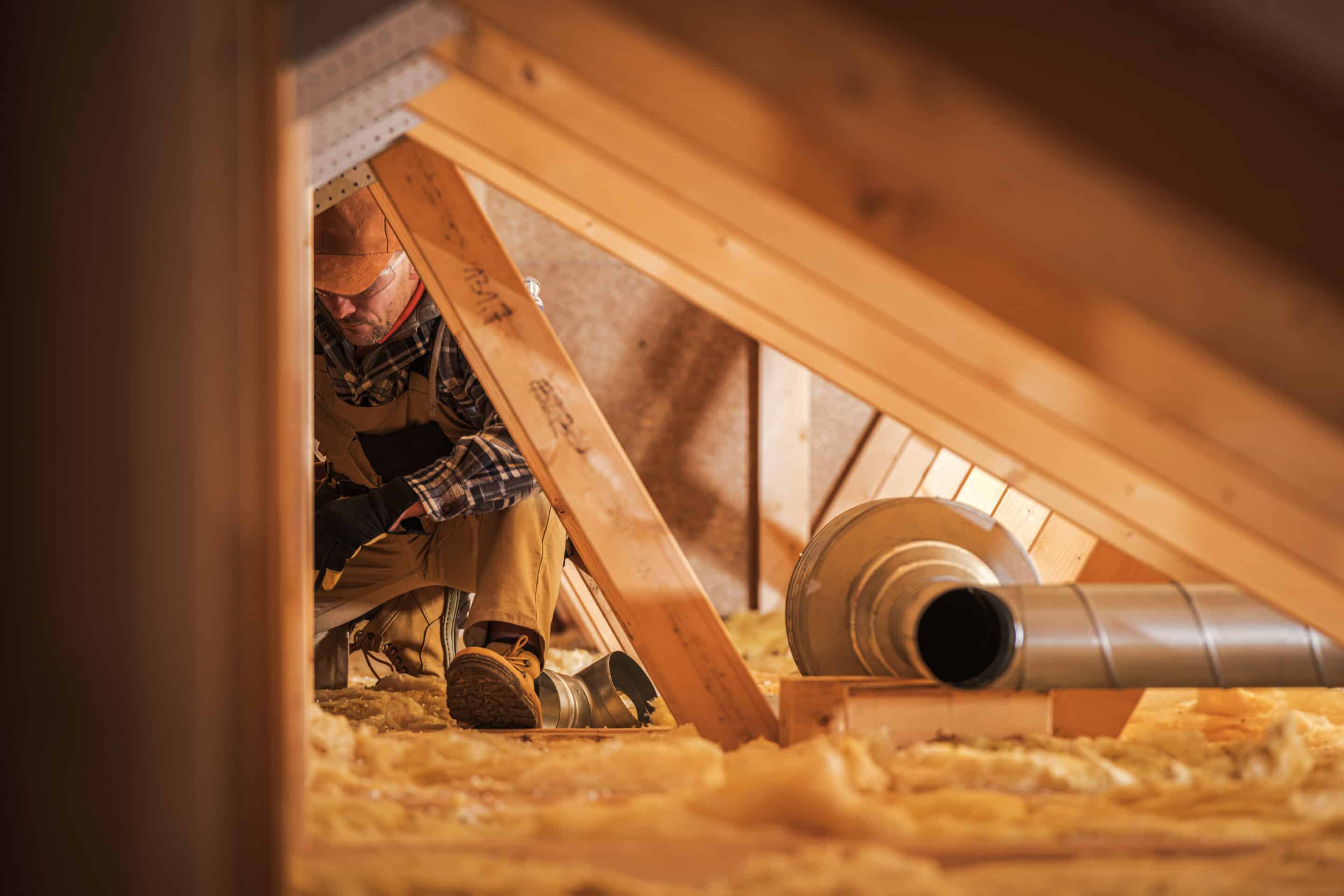
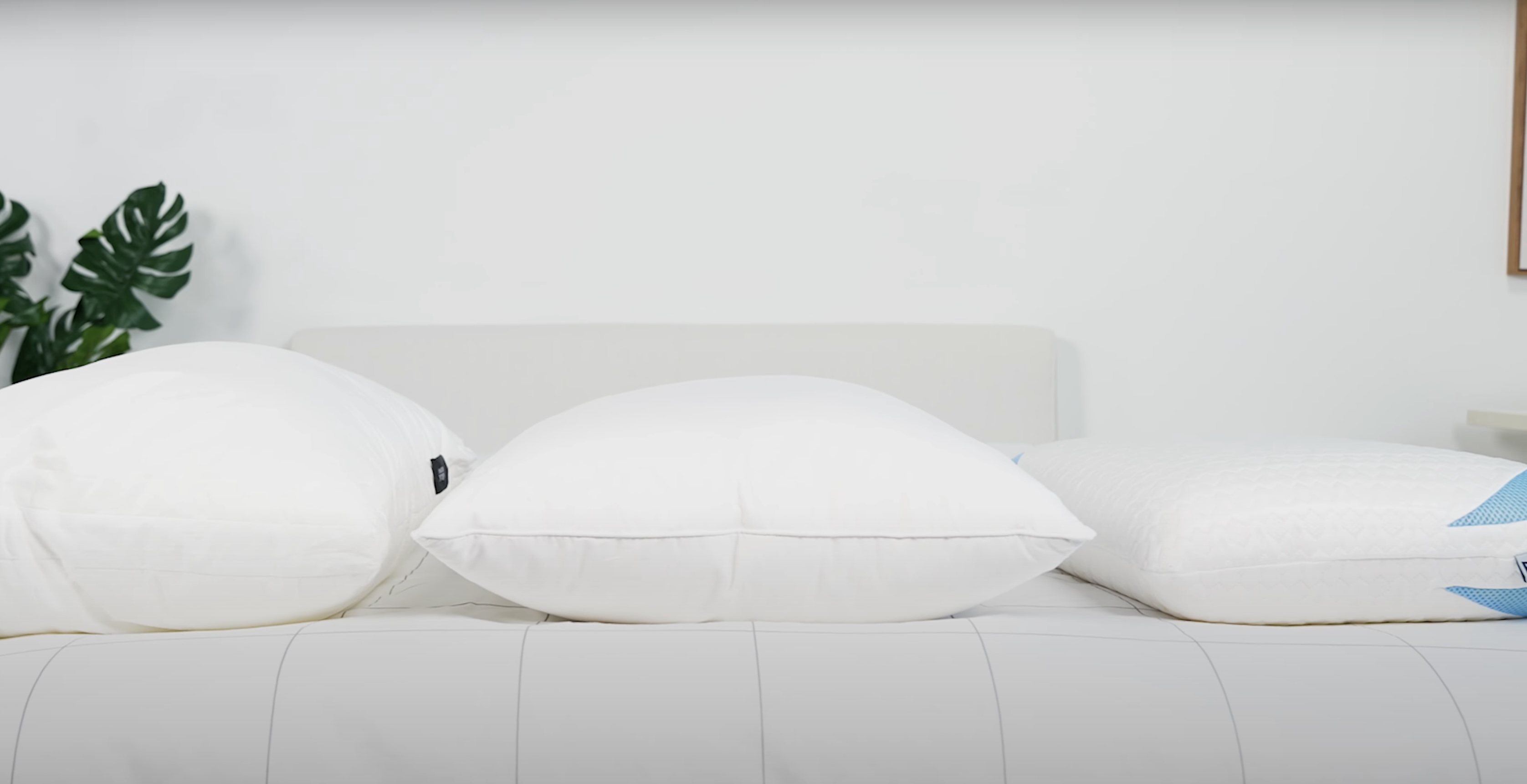


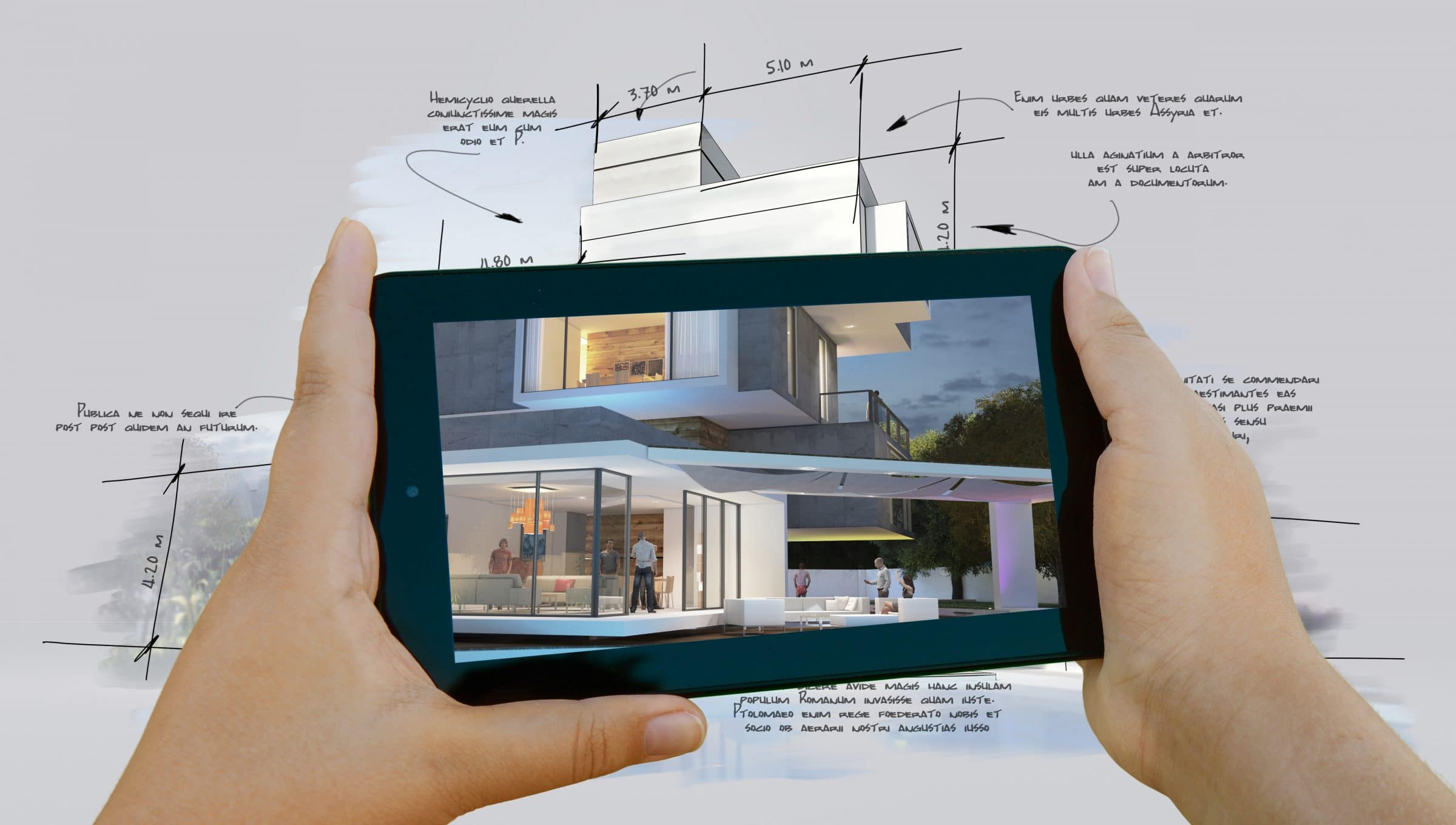






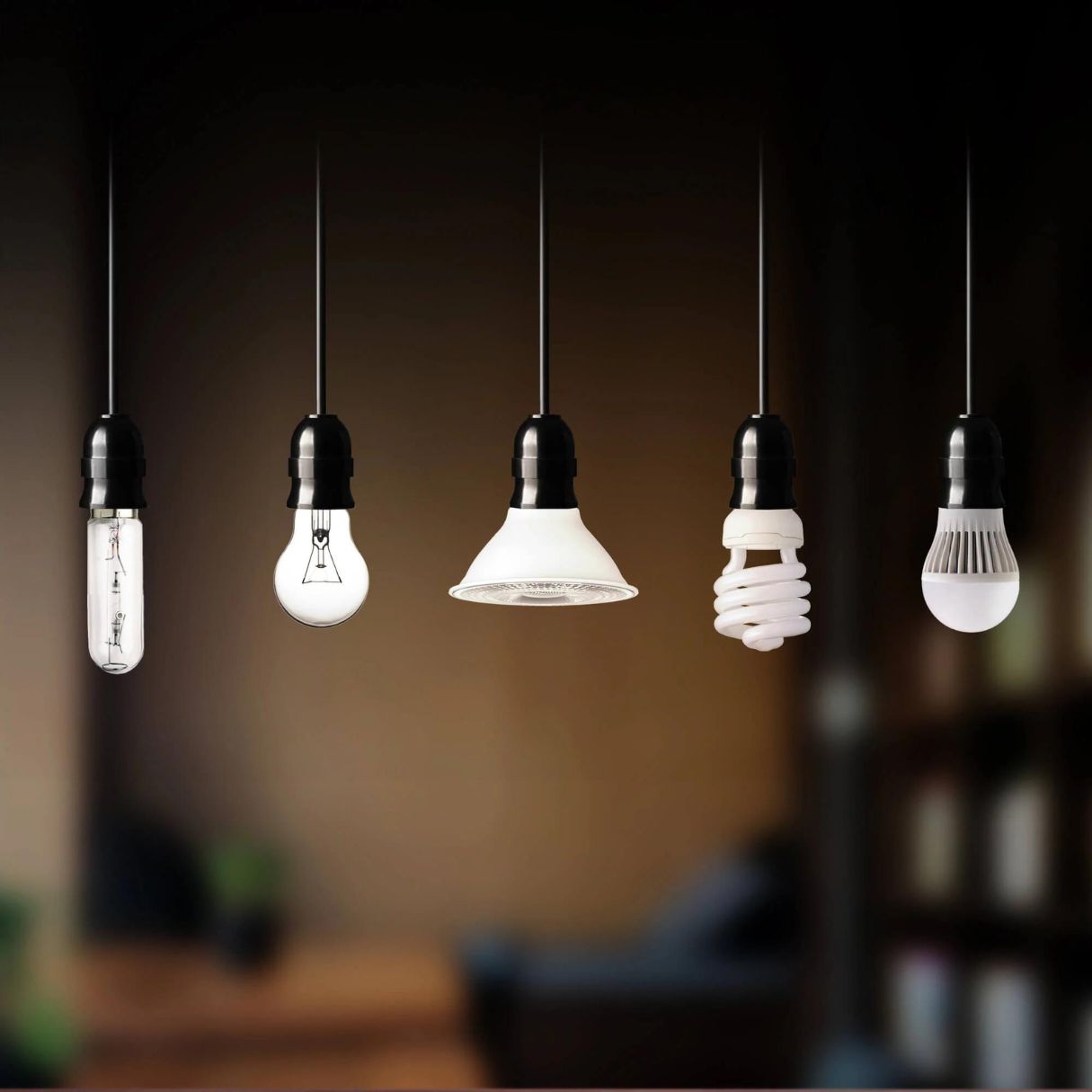


0 thoughts on “Why Are Rugs Important”